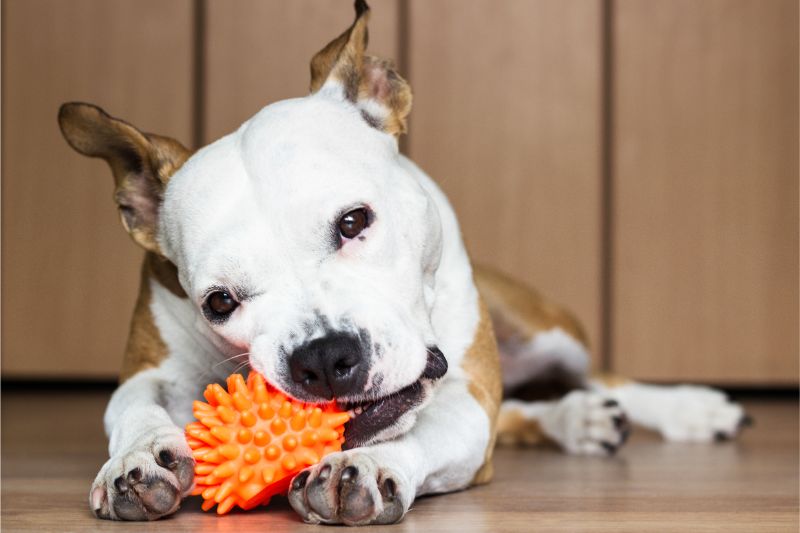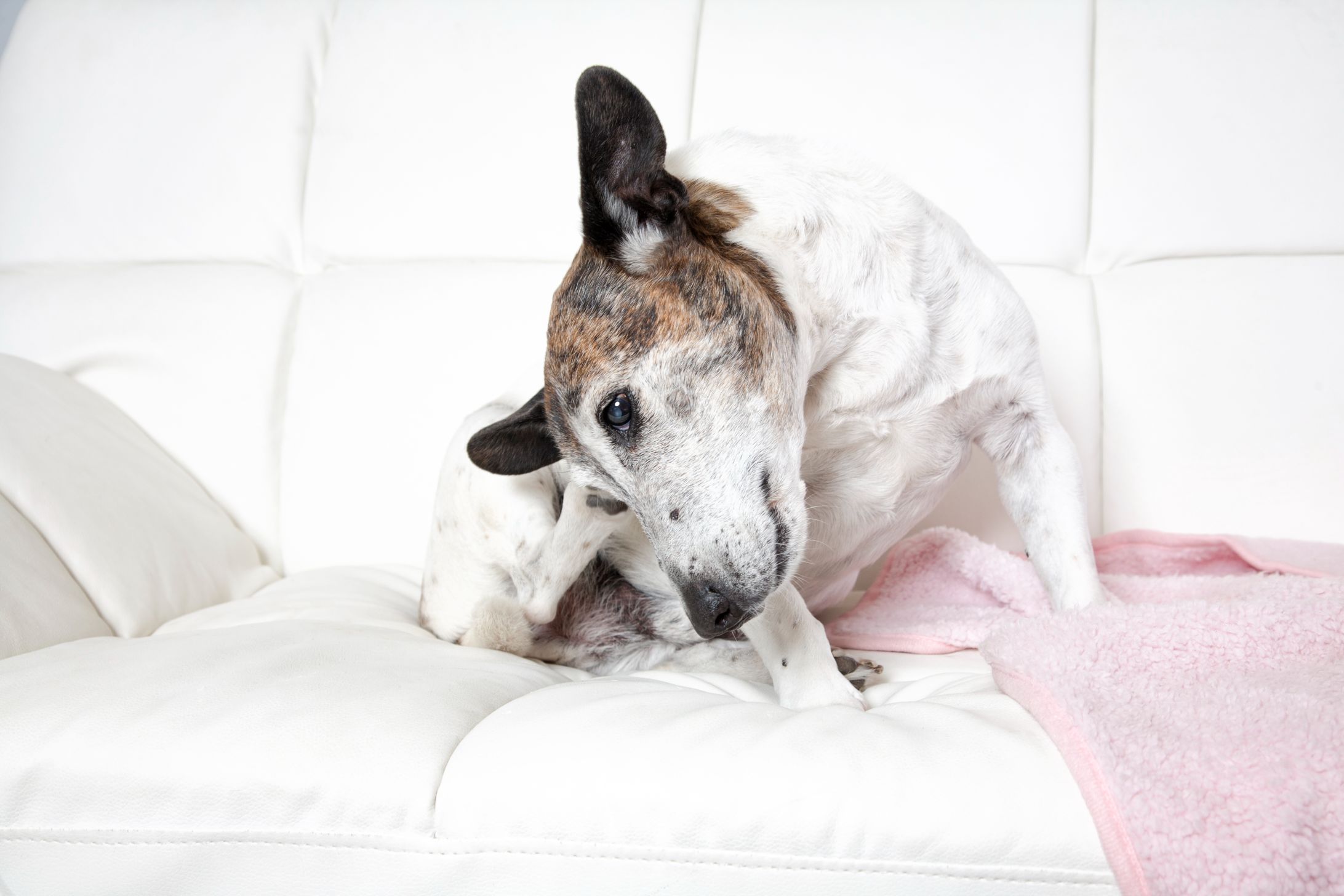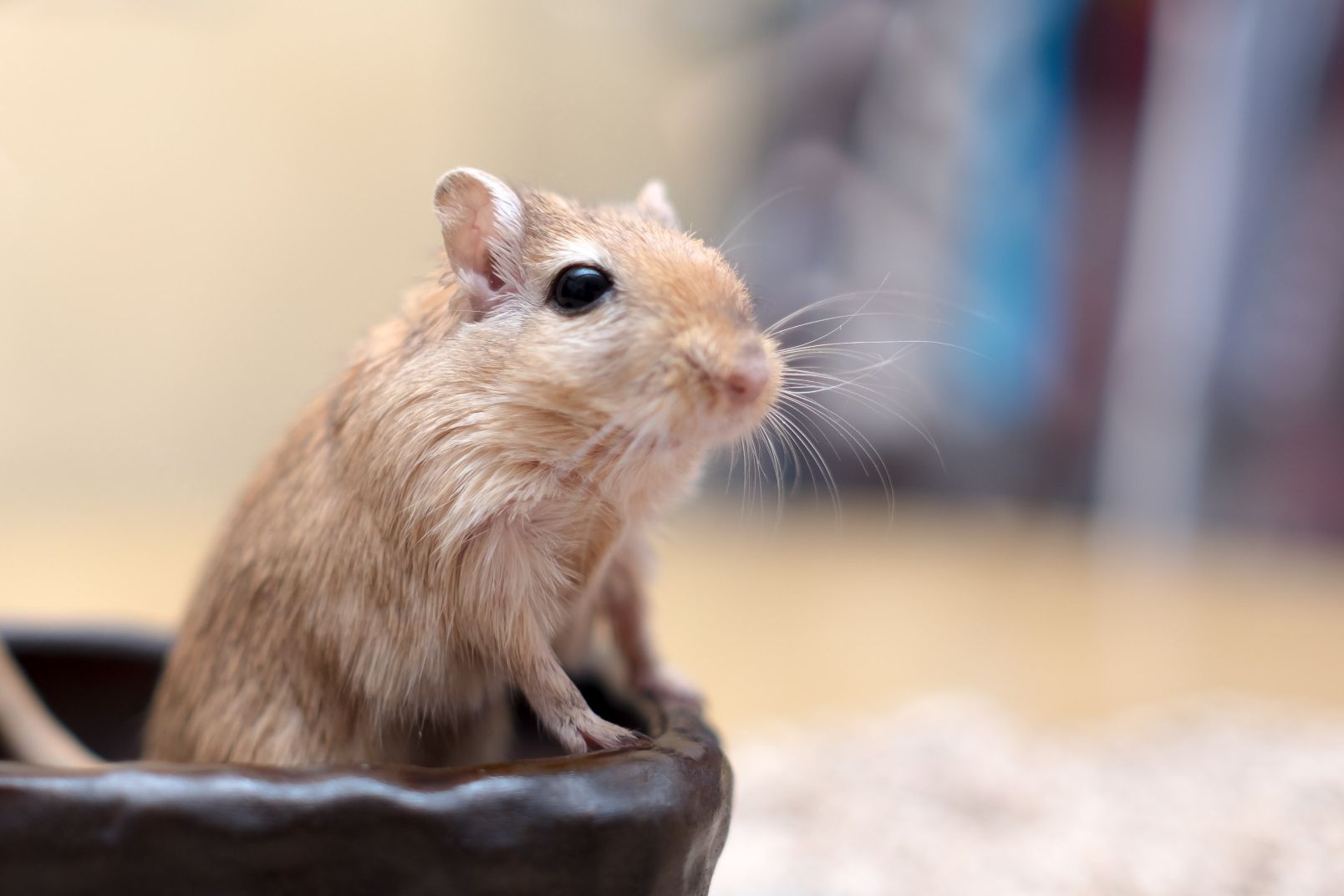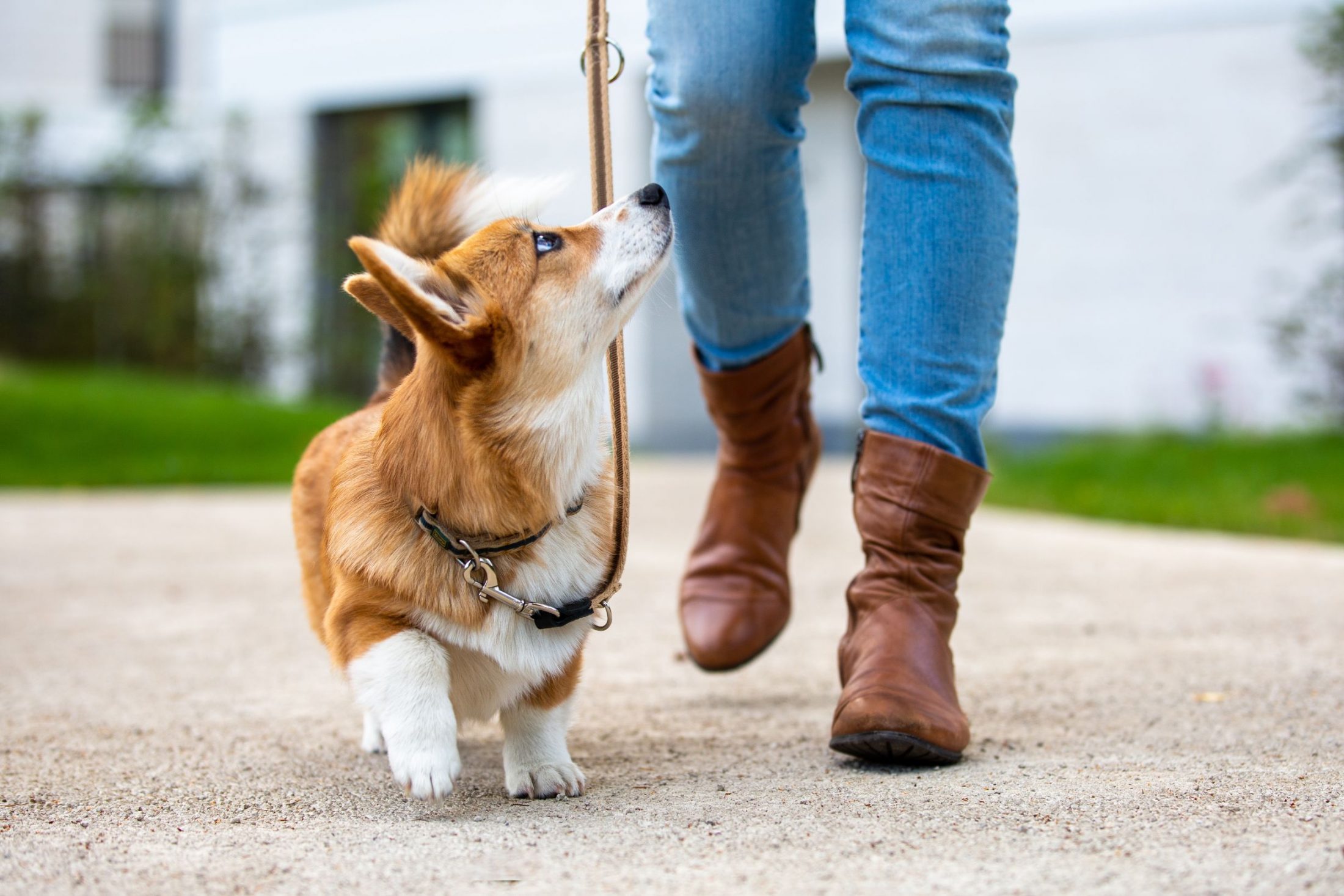
There’s no question about it: pets need toys in order to remain mentally and physically fit. They are absolutely necessary for animals with extra energy, but the best toys also provide pets with problem-solving opportunities.
The problem is that many toys designed for and offered to pets actually aren’t that safe. Taking into consideration your pet’s species, breed, size, personality and lifestyle, you can definitely find truly safe pet toys, and we’re here to help.
Conventional Wisdom
The items previously provided to pets are falling out of favor. This is due, in large part, to the ongoing product development of better toys. But this change is also the result of countless, heartbreaking, incidents involving destructive pets and less-than-sturdy toys.
Many pets endure cuts from unsafe toys, but when broken they can splinter and cause choking, obstructions, and lacerations in the GI tract. Further, unsafe toys can cause serious damage to the teeth.
It Cannot Be Impossible
Since we know that pets can be really destructive with their chewing, it makes sense to provide them with toys that give them an outlet. But is there such a thing as an indestructible toy?
It’s not impossible to find the right match for your pet, but it’s worth it to assess and evaluate what your pet will be chewing on. We recommend asking the following questions when faced with a possible toy contender:
- Will this break easily?
- Is it small enough to become a choking hazard? Is it too big that your pet’s jaws could get stuck around the toy?
- Is it hard enough that the material could break a tooth. Many seemingly safe pet toys can actually be really bad for pet’s teeth.
- Is it soft enough that your pet could easily tear it?
- What’s the construction like?
- Is it stuffed?
- What’s it coated with? Depending on your answer, a pet toy could encourage bacteria growth or cause tummy trouble.
- Is it made with plastic, vinyl (which has dangerously high levels of phthalates), or latex?
- Can you wash the toy easily or otherwise disinfect it?
- Does the toy promote entertainment value, such as hiding treats inside it?
Proper Avoidance
Generally speaking, the following items are no longer considered safe pet toys and should either be given under direct supervision or not at all:
- Rawhide
- Antlers
- Cow hooves
- Pig’s ears
- Bones
- Nylon chew toys
- Sticks
Tennis balls are among the most popular toys for dogs, but they aren’t free from hazards. While many owners have few (if any) issues with tennis balls, they have the potential to choke pets left alone to chew on them.
Likewise, truly safe pet toys do not have stuffing, squeakers, bells, or other noisemakers that could be easily swallowed given the right circumstances.
Really Safe Pet Toys
The fact is, truly indestructible pet toys don’t really exist. However, products made by Kong, Nylabone, and other hard rubber chews or food puzzle toys are considered safer than others. The bottom line is that your pet receives undivided supervision while engaging with provided toys. If they begin to destroy their toys, please take them away. Also, prevent boredom by rotating toys out every week.
If you have further questions about truly safe pet toys, please let us know. We’re always here for you at Summeridge Animal Clinic.



